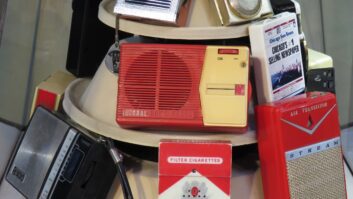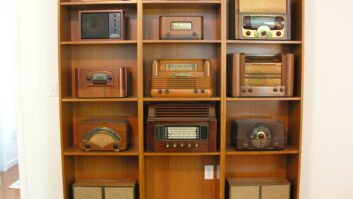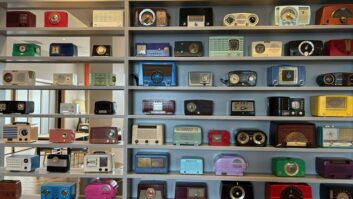There was a time, of course, when radios were fixtures in people’s homes. But according to Edison Research’s “Infinite Dial 2022” report, the percentage of U.S. homes with “zero” radios inside went from 4% in 2008 to 39% in 2022.
Among the radios that remain, clock and emergency radios have the best chances of justifying their presence to internet-centric consumers. But good ol’ fashioned tabletop radios? AM/FM receivers housed in eye-appealing laminated wood cases with big speakers and hefty knobs?
Mass-market companies such as Panasonic and Sony have abandoned such products. But specialty/quality brands such as C. Crane, Grace Digital, Sangean and Tivoli Audio have not.
These brands bring fresh approaches to the tabletop radio segment through innovation and the harnessing of streaming technology. Still, it’s an uphill battle in a world obsessed with all things internet.
There are several reasons conventional AM/FM tabletop radios have been disappearing from homes.
The first and most obvious is that even by the beginning of this century, radio had long ceased being a destination medium around which the family gathered to listen. In recent decades, the more common uses were morning wakeups, rush-hour commutes, sports on the go and weather emergencies, all well-served by portable radios, though there was still some degree of at-home listening.
The consumer electronics explosion has continued to challenge and change those uses as well.
Smart speakers are another factor driving the decline of tabletops or indeed any type of radio within the home. According to that Edison Research report, more than 100 million people in the United States owned smart speakers in 2022. While the pace of growth had slowed by then, that number was still up from 7 million six years earlier. And today many people have multiple speakers at home.
The big strength of smart speakers is their ability to fulfill listener requests for specific content, streamed via the internet.
Unfortunately, “tabletop radios are an antithesis of that movement,” said Andrew Wu, Sangean’s marketing director.
Or as Paul DePasquale, CEO and designer at Tivoli Audio, put it, “With the development of streaming services, podcasts and mobile options, people are opting for a more on-demand and personally curated listening experience. [But] Tivoli Audio has found there are still many individuals who also want quality audio and design,” he continued. “Our (AM/FM) Model One and PAL radios continue to be our best-selling products on a global scale.”
DePasquale’s point about the enduring popularity of quality audio and design explains why his company and the others mentioned are still making money from tabletop radios. But today the focus is on streaming and other innovations to catch consumer attention.
Renowned radio maker C. Crane Company still offers many AM/FM models in portable formats, but it has doubled down on streaming-only tabletop radios with the third generation of their CC WiFi internet radios.
“We came out with the CC WiFi 3 Internet Radio not too long ago with a remote control,” said CEO Jessica Crotty. “It also has Bluetooth reception because people do have apps they want to listen to on a better speaker.”
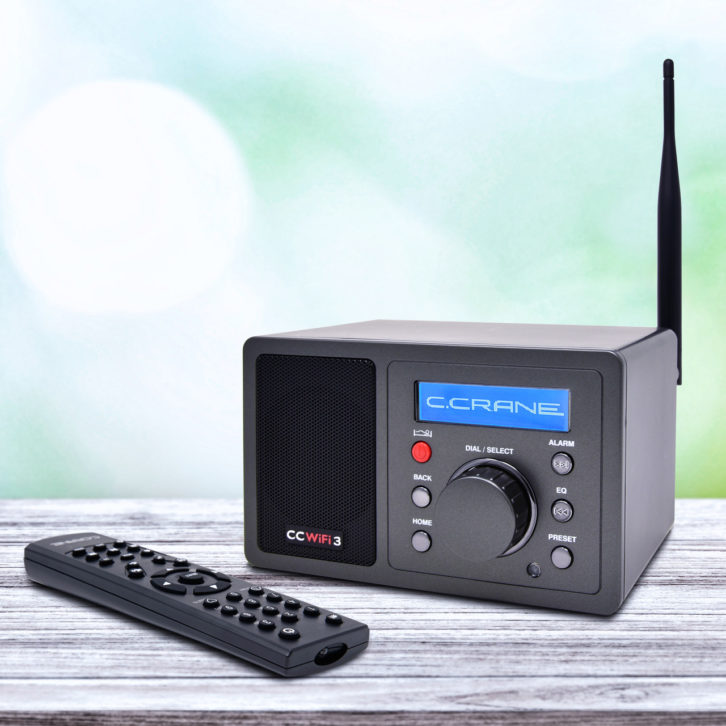
I have tested the CC WiFi 3 in the past and can attest to its quality. Selection is the name of the game for this tabletop radio.
“Our CC WiFi 3 Internet Radio is full of free content, without a monthly fee, from thousands of regular AM/FM stations,” said Bob Crane, president and founder.
“We have a pretty strong base of listeners that prefer the form of traditional radio but need the capabilities of internet radio due to listening preferences and in some cases signal limitations or sound quality. Internet radio lets the listener hear a station as if it was broadcast locally, no static, no fade. A lot of people don’t want to listen on their computer or their smartphone.”
Grace Digital has stayed relevant to consumers by including a range of streaming options in its internet radio-only tabletops, many of which have been launched in the last year or so. A number of the company’s Mondo-series tabletops even come in stained walnut wooden cases.
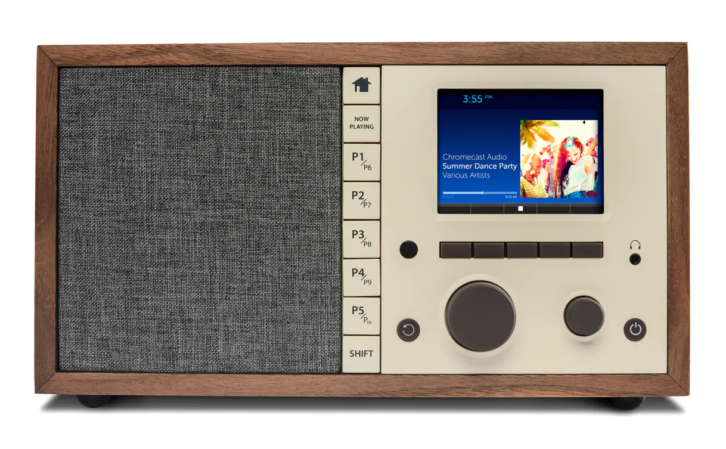
Grace internet radios support built-in apps “such as Pandora, iHeartRadio, Amazon Music and Spotify Connect, as well as have Bluetooth and Chromecast integrated,” said co-founder and CEO Greg Fadul.
“While it takes more engineering work to provide built-in apps and Chromecast, we allow the customer to choose how they want to enjoy their music, news and sports. We even have a built-in podcast service that integrates with Apple, the largest podcast aggregator in the world, and as we are the only internet radio company that hosts and manages our own radio station database.”
Sangean offers a range of tabletop radios, incorporating AM/FM, internet radio and streaming services, Bluetooth, and in some instances DAB+ and CD players among others.
I sampled the Sangean WFR-32 tabletop, which has a range of nice features. This walnut-encased stereo receiver does it all while delivering excellent stereo sound. The WFR-32 even displays local weather forecast graphics along with the time on its LCD screen when the receiver itself is turned off.
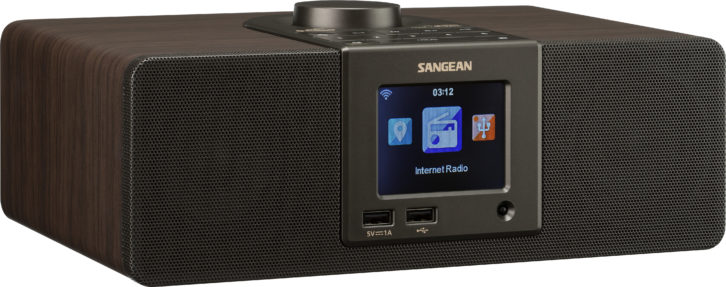
Although not a tabletop, the equally excellent Sangean WFR-39 FM-RBDS/Internet Radio that the company sent stood out as the first truly portable/rechargeable WiFi-connected pocket-sized radio that I have seen.
At Sangean, “bigger screens, better visuals, personalized playlists, smarter functions, trendy colors and multiple audio sources” are driving its entire radio line, Wu said.
“There’s also the retro route, where there’s always going to be a niche group with an ideology of ‘the good ol’ days,’ even if it’s the generation of their parents or grandparents. The hipsters, the subreddits like r/OldSchoolCool, all fit into this retro-loving mold.”
As for Tivoli Audio, whose iconic Model One AM/FM radio has defined the quality tabletop category for decades? They too are paying attention to consumers’ love for streaming, and shaping their tabletop line in response.
“Tivoli Audio has added Bluetooth to all our classic products to allow customers the ability to stream their playlists and podcasts or opt to listen to the radio,” said DePasquale. “Adding this capability has allowed people to purchase our timeless designs without forfeiting flexibility.
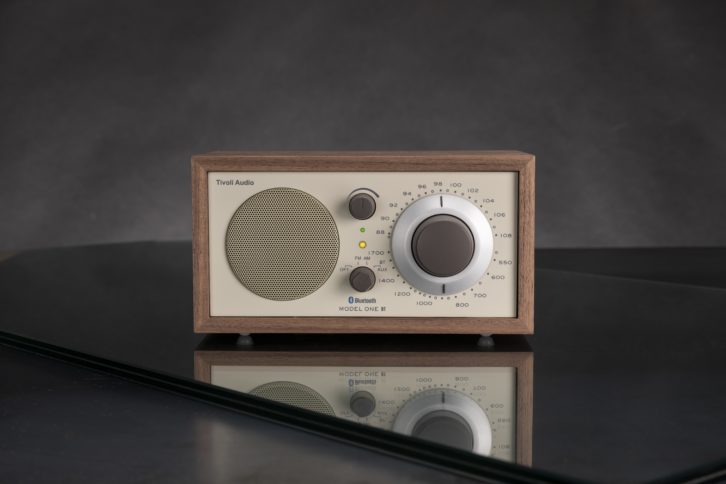
“We have also released Wi-Fi-enabled products, specifically the Model One Digital Gen. 2 and Music System Home Gen. 2. These offer FM, DAB+ in available markets, Bluetooth and the ability to stream your favorite music and audio apps using AirPlay 2 and Google Chromecast. This allows our consumers to easily connect their products to Wi-Fi without a proprietary app and connect to other products in their smart home ecosystem, because Wi-Fi can offer better sound reproduction than Bluetooth.”
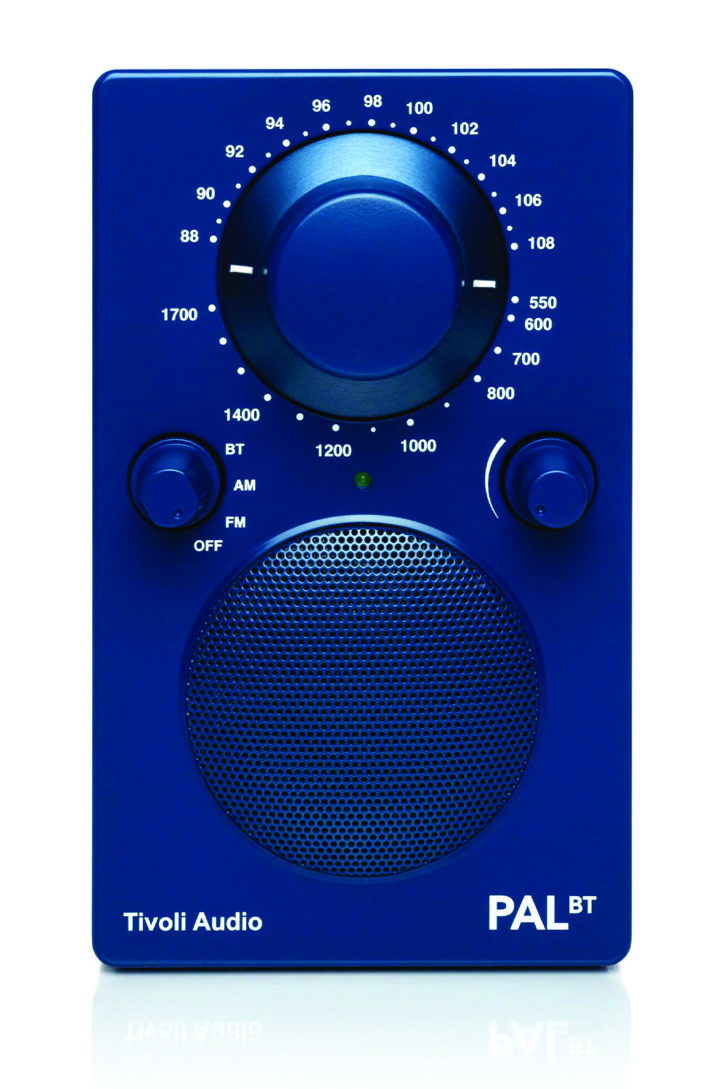
By combining quality and innovation, these tabletop radio makers are keeping this technology alive, even though the format has been abandoned by mass-market firms.
As for the future? “Tangible tabletop radios are not going anywhere: If anything, you will see more of them,” DePasquale predicted. “It is true that how people consume audio has changed. But people will always like something physical they can touch, something they can experience, and ultimately something that sounds good.”
[Ed. Note: The original version of this story included information about products from Como Radio. Ironically, given the topic, Como closed its doors after the information for the article was collected.]
